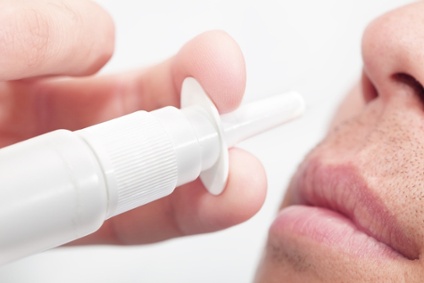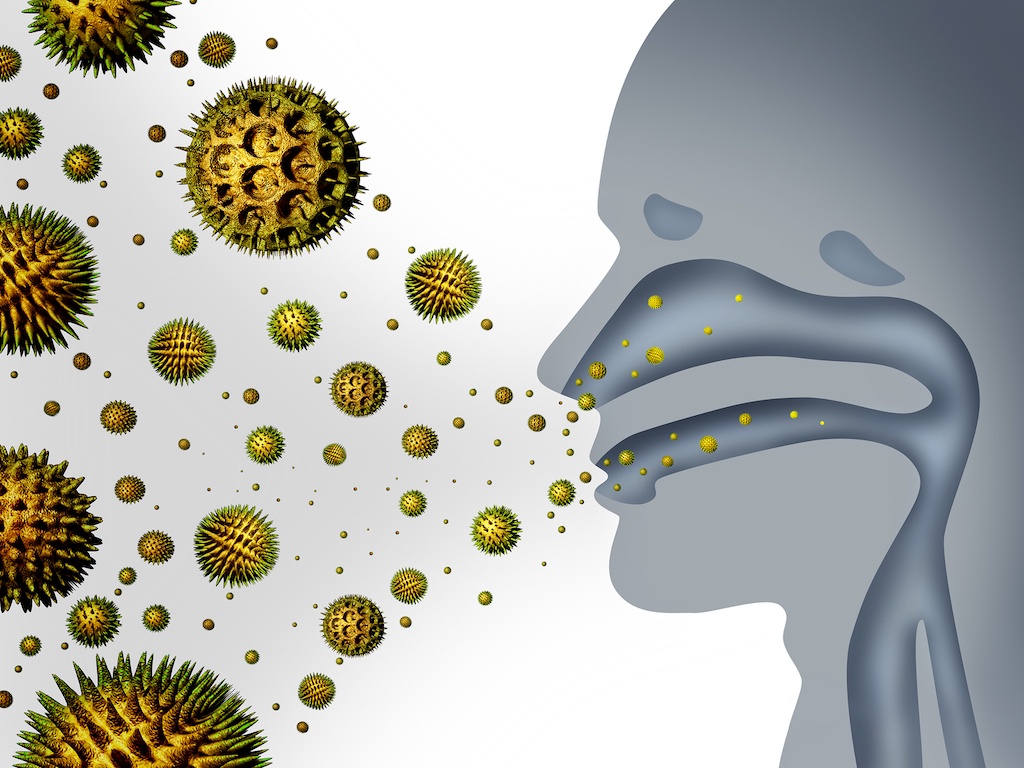Every winter in south central Texas, cedar fever strikes the population. What exactly is “cedar fever?” It’s the common name for the allergic symptoms precipitated by the pollen of the mountain cedar tree. It’s actually a misnomer as allergies do not typically cause a fever, however, the symptoms are often so severe that sufferers feel as if they have a flu-like illness, and the perception of an associated fever has led to the common expression, “cedar fever.”
Mountain cedar is unique to this part of the country. These trees grow predominantly in southern Oklahoma down through south central Texas. They are extensive in the Texas Hill Country and can distribute their pollen for many miles. The mountain cedar tree is actually a juniper, juniperus ashei, and does have some cross-reactivity with other members of the juniper family found throughout the country. However, there is something different about the mountain cedar as its pollen is one of the most potent in the United States, right up there with ragweed and cat as a cause of allergy misery.
“Out-of-control allergy symptoms typically lead to poor sleep, chronic tiredness, irritability, and decreased performance at work or at school”
Also unique about mountain cedar is that during its pollinating season, typically late-November through February with a peak in late-December, it is usually the only pollen in the air. Consequently, anyone with obvious allergy symptoms during the winter months usually can be assumed to be cedar-allergic. These individuals develop itchy, watery eyes with a nose that runs with clear, watery drainage. They often have sneezing fits with nasal congestion, headache, post-nasal drip, sore throat, and severe itching of their mouth, throat and ears. The allergy may trigger other allergic problems such as asthma or atopic dermatitis, eczema. In some cases, severe nasal symptoms may predispose to the development of a sinus infection. Out-of-control allergy symptoms typically lead to poor sleep, chronic tiredness, irritability, and decreased performance at work or at school.
The treatment for a patient with mountain cedar allergy is similar to the treatment for most allergies. The best option is always to avoid the substance to which you are allergic. This is not easily done with mountain cedar, but staying indoors as much as possible is helpful. Pollen counts are usually the highest during the morning hours so limiting outdoor activities at this time is important. Take your daily walk or jog in the evening, or better yet, exercise indoors. Pollen counts go down on cooler days or right after a rainfall, so take advantage of these days.
When indoors, make sure to keep your doors and windows closed, and run the air conditioner which acts as a filtering device. Keep the filters for your unit clean. If you have been outside, taking a shower and changing your clothes can reduce the amount of pollen that may have stuck to you while you were outdoors. Even pets can carry the pollen on their fur, so bathe them more often during this time of year.
 Once symptoms are severe enough, many people will see an allergist for assistance. With proper education on avoiding your allergy triggers and the use of medications, many of which are not available over the counter, you can usually achieve control of your symptoms. Nasal steroid sprays are felt to be the most effective medication for control of allergies. If used consistently, they are highly effective in preventing severe allergy symptoms as the pollen counts go up.
Once symptoms are severe enough, many people will see an allergist for assistance. With proper education on avoiding your allergy triggers and the use of medications, many of which are not available over the counter, you can usually achieve control of your symptoms. Nasal steroid sprays are felt to be the most effective medication for control of allergies. If used consistently, they are highly effective in preventing severe allergy symptoms as the pollen counts go up.
Your allergist may also offer you allergy shots. These shots, called allergy immunotherapy, are designed to improve your tolerance to the things that normally trigger your allergies. By mixing a solution containing your specific allergic triggers and receiving injections in a series of gradually increasing amounts, we are able to reduce allergy symptoms and the need for medications in most people. This therapy is quite effective, but it must be administered in a physician’s office for safety. Unlike medications, allergy shots offer the possibility of a permanent improvement in your allergy symptoms, and in children, it has been shown to reduce the chances of developing asthma and additional allergies.
More recently, we have been offering allergy drops to our patients. Drops work just like the allergy shots, but they’re taken as a drop under the tongue rather than a shot. While shots are still felt to be the most effective form of therapy, drops have the advantage of being safe enough to take at home. Drops can be used year-round for patients with multiple allergies or just seasonally for a single allergy, like mountain cedar.
Texas may be cursed with the mountain cedar tree and the severe allergy symptoms that it causes, but there are things that you can do to help. If you have had trouble finding effective relief see a board-certified allergist for help.







Recent Comments